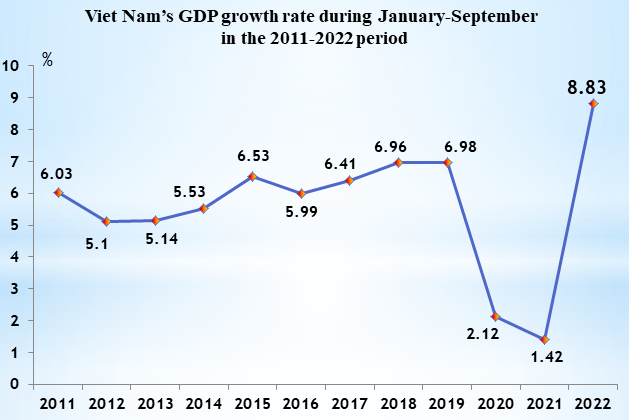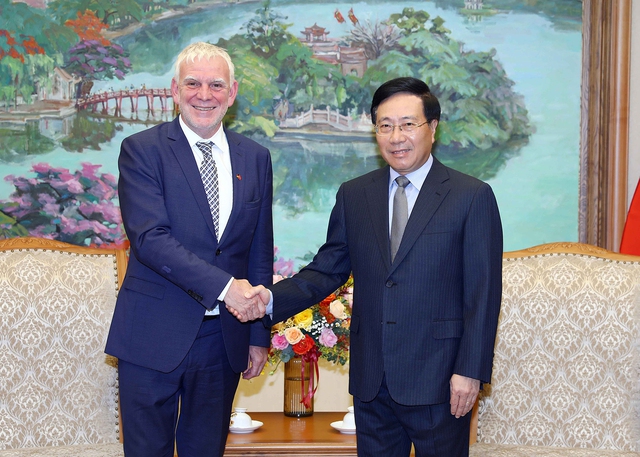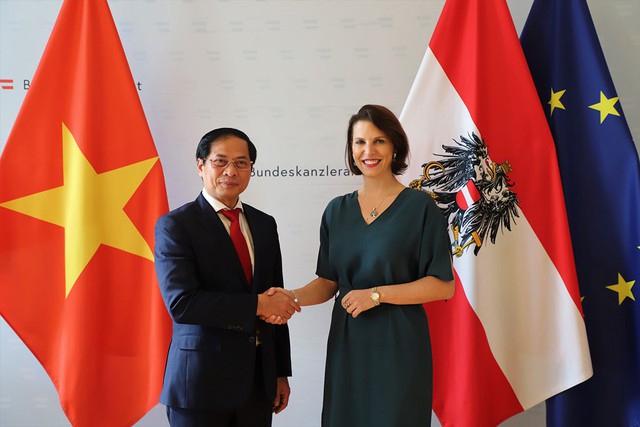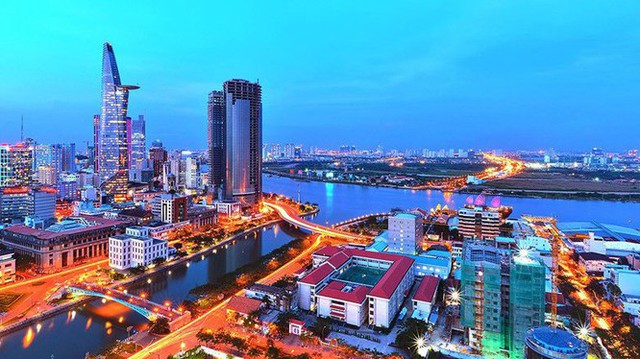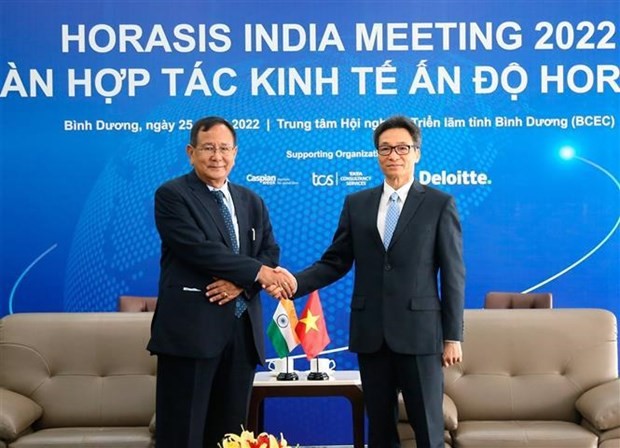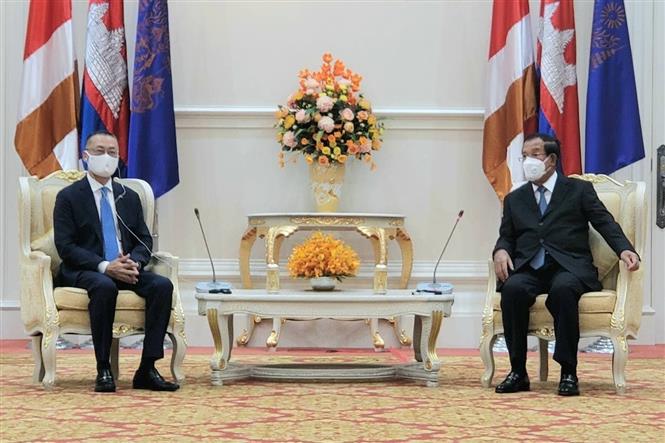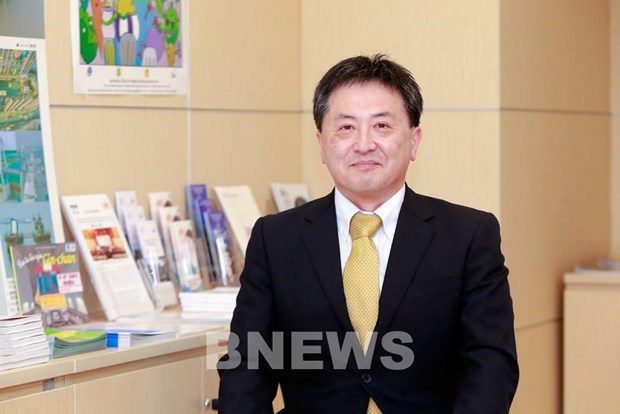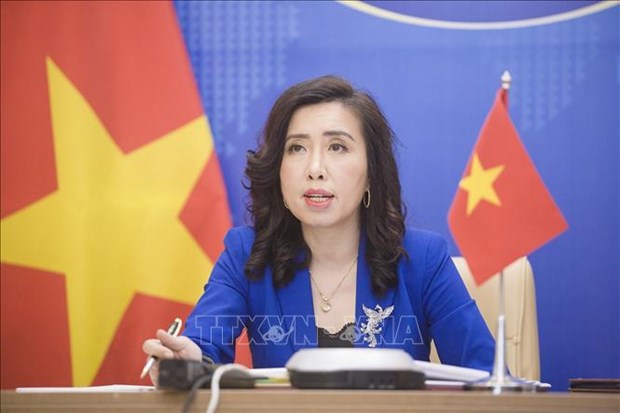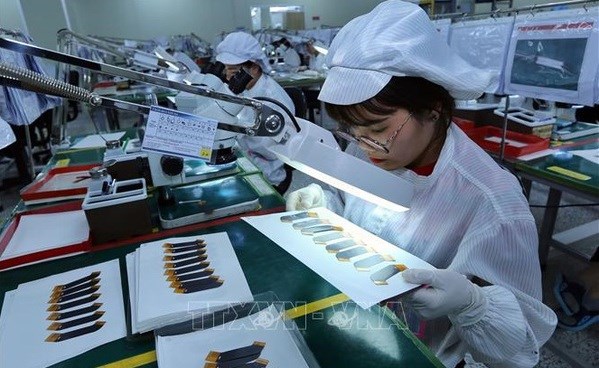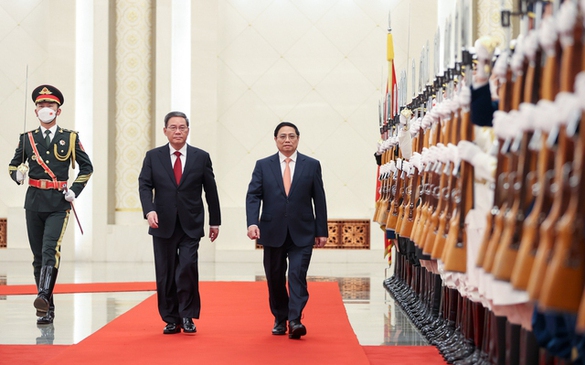Building US-Vietnam ties via trade
As the United States and Vietnam will approach the 10-year anniversary of the Comprehensive Partnership, it is an exciting time for our bilateral relationship and the United States’ engagement with the broader Southeast Asia region.
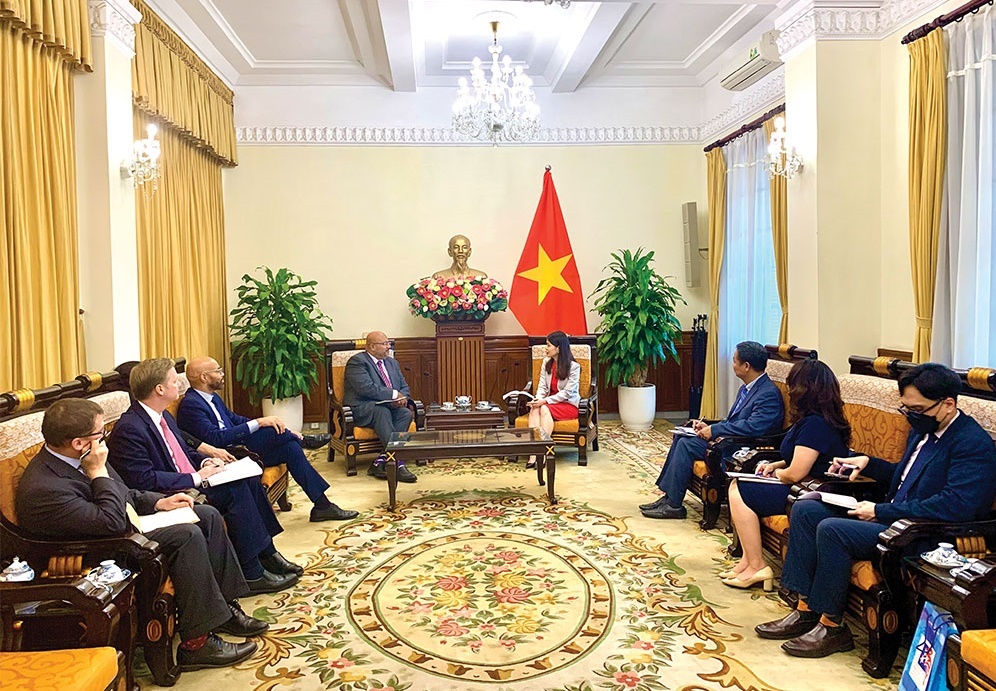
Earlier this month, the United States, Vietnam, and 12 other countries participated in the inaugural ministerial meeting of the Indo-Pacific Economic Framework for Prosperity to chart a path forward that will create economic opportunity and promote sustainability for economies across the Indo-Pacific region.
As demonstrated by Vietnam’s commitment to the framework, trade is a crucial component of the US-Vietnam relationship. Since the establishment of bilateral relations in 1995, US-Vietnam bilateral trade has grown from $451 million to over $113 billion in 2021. As these figures suggest, the US-Vietnam commercial relationship is strong and full of potential, which is why I recently led a delegation of 12 US healthcare companies to Hanoi to foster new business relationships that will promote mutually beneficial inclusive economic growth in the United States and Vietnam. Moreover, this delegation’s aim was to strengthen cooperation and ties in a sector that is critical for all, healthcare.
For US participants and Vietnamese partners alike, this trade mission offered the advantages of building longstanding, person-to-person business relationships. To this end, we held individual matchmaking meetings between US mission participants and prospective Vietnamese partners, as well as networking engagements designed to build cooperative relationships. Trade mission participants also had the opportunity to speak with an audience of over 70 Vietnamese healthcare professionals including executives and procurement officials from more than 25 local hospitals.
During the trade mission, I worked to advance US-Vietnamese commercial ties through meetings with American chambers of commerce representatives, business associations, and government leaders. My meetings with the Ministry of Health, Ministry of Information and Communications, and the Central Economic Commission gave me a better understanding of the government’s priorities for its people, in healthcare and beyond, and confirmed our strong belief that US companies, like those that participated in this trade mission, hold solutions that can help advance those priorities.
The trade mission was designed to support Vietnam in addressing its healthcare sector needs, including modernising and equipping Vietnam’s public and private hospital networks, and medical and research institutions. The mission also sought to support the country’s efforts to enhance healthcare regulatory practices and digital transformation based on international best practices. These reforms should lead to an even safer and more efficient healthcare ecosystem for current and future generations.
As Vietnam’s continued economic development and growth of the middle-class drive increasing demand for high-quality healthcare infrastructure and services, US companies on the trade mission can meet this demand by offering innovative healthcare solutions in areas such as digital health, telemedicine, hospital systems and infrastructure, imaging equipment, in vitro diagnostics, cardiology, and genomic sequencing for precision medicine.
Many of these solutions can reduce the length of hospital stays while facilitating outpatient care and treatment, thereby contributing to lower healthcare costs while saving and extending countless lives.
Based on experience in other markets worldwide, US businesses are also well-positioned to assist Vietnam in further developing its health sector regulatory systems. For instance, in recent years, Vietnam has enacted decrees to increase oversight over the medical device sector. As these efforts progress, continued transparency with US healthcare stakeholders is critical to benefit from the sector’s learned experience in those other markets. The United States appreciates that Vietnam is the sixth-largest economy in Southeast Asia, and an important strategic and economic trading partner for the United States. Moreover, US businesses are increasingly looking towards the Vietnamese market as a key component of their Asian growth strategies.
Overall, the benefits of US trade and investment with Vietnam are significant, resulting in thousands of new jobs, increased revenues, and innovations in both markets. Since the implementation of the US-Vietnam Bilateral Trade Agreement commenced in 2001, bilateral merchandise trade has increased from $3 billion in 2002 to $112.9 billion in 2021 – an increase exceeding 3,600 per cent. Vietnam is also currently the United States’ 10th largest goods trading partner in total two-way trade.
Refocusing and further expanding the US-Vietnam long-term trading partnership is even more important now due to challenges caused by logistics, shipping, and supply chains, as well as energy shortages and regional security issues. Significant events like the pandemic underscore the importance of strengthening bilateral commercial partnerships for our respective businesses and citizens.
This trade mission helped to open new markets for the participating US companies and led to win-win outcomes for both our countries as we work to increase our commercial engagement and improve healthcare outcomes for Vietnamese patients. For all Vietnamese businesses and organisations interested in finding US goods and services suppliers, I encourage you to work with the US commercial team in Vietnam. Now, it’s time to get down to business.

